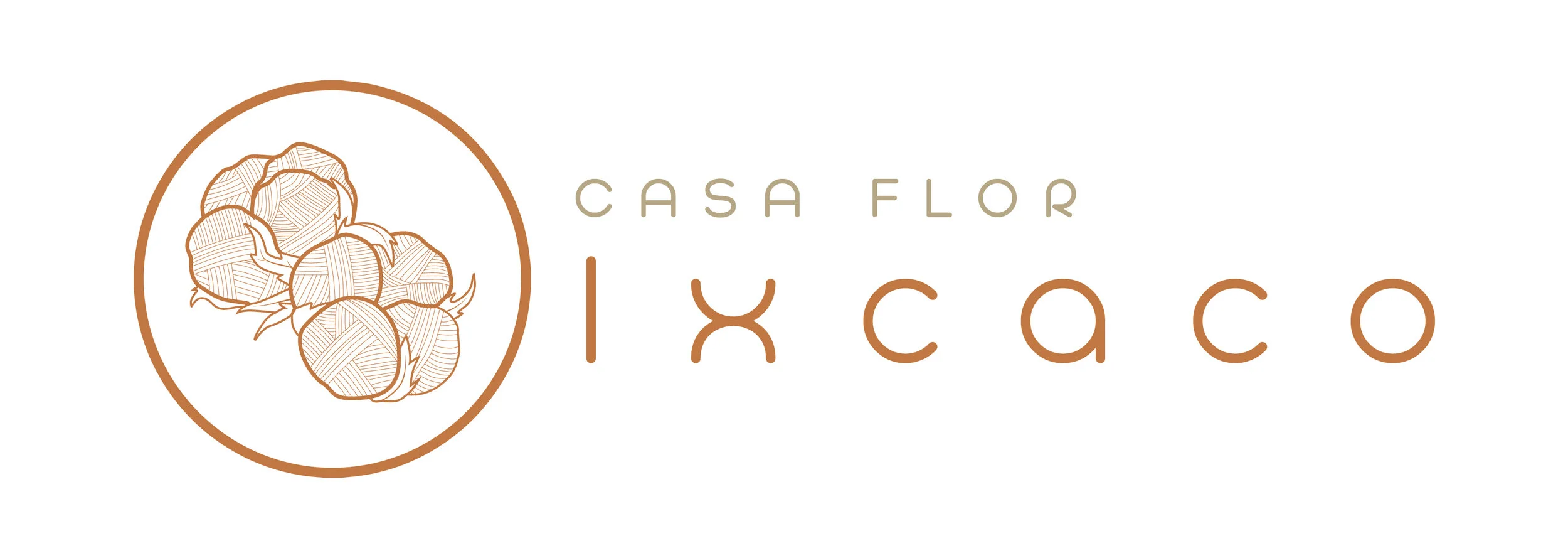
The Art of Backstrap Weaving

The women all grow their own organic cotton. Cotton grows in many varietals.

The most popular cotton for weaving and dying is white.

It takes 15 minutes to pull the seeds out of the cotton.

It takes 20 minutes to beat the cotton until it is soft and smooth and ready for spooling.

It takes about 15 hours to create a spool of cotton. Since two are needed, this process can take 30 hours, or more than a day.

Once the cotton is spooled, they create the ball of yarn. It takes about 4 hours to roll two spools into one ball of yarn.

It takes about 12 hours for the cotton to absorb the color from the plant.

The women use natural plant and organic material as dyes. Basil makes this lilac purple color.

Once the cotton is dyed, it takes another day for the color to dry.

Next the women spin out the yarn.

Then they work on the initial threading...this can take a week or more.

Finally they are ready to weave! The artisan will decide what patterns she wants to create, and will choose the appropriate number of rods to support it. The greater the number of rods, the more complex the design.

Depending on skill and creativity of the artisan this process can take days to weeks to months. Backstrap weaving has an infinite number of designs and patterns - so you will likely never see the same color scheme or weave twice!


The backstrap weaving loom, small and mobile, can be used anywhere. It can take one month to weave a two yard scarf from start to finish. Backstrap weaving is integral to Mayan life.
The position of the loom gives the illusion that the weave is coming from the abdomen of the weaver - emphasizing the woman as a creator and goddess of fertility. The practice of backstop weaving also has maternal benefits because of the position of the strap on the lower back.
In the 1980's the civil strife in Guatemala resulted in the loss of over 400 weaving styles. In the 1990s, the women of San Juan decided to form Casa Flor Ixcaco so that woman of all ages could keep the culture and craft alive, as well provide livelihood opportunities for the widowed, poor, and young.
Today, there are 23 women weavers that are working with Casa Flor Ixcaco.
The Woven/Casa Flor Ixcaco project is about art, technology, and the global market. Traditional and elegant Mayan art is isolated from the city, however, connecting the work of the cooperative to the international community allows for an unprecedented market bridge - and a hope of sustainability. As consumers, we have the power to choose to wear artisan crafts that support present day livelihood development, environmental sustainability, and a rare and surviving Mayan culture of women in the arts.